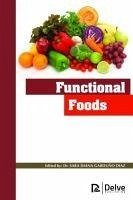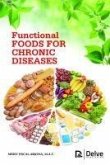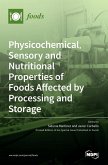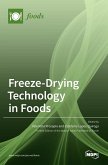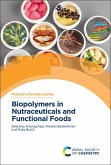Clearly, all foods are functional, as they provide some degree of flavour, scent, or nutrient value. Within the last years, however, the term functional as it applies to food has adopted a different implication: that of providing an additional physiological benefit beyond that of meeting basic nutritional needs of energy, vitamins or minerals. Enter functional foods. As consumers worldwide become more health conscious, the demand for health-promoting foods and food components is expected to grow. The market for such foods is predicted to be quite large. Before the full market potential can be realized, however, consumers will need to be assured of the safety and efficacy of functional foods. Current and future scientific studies are expected to provide this assurance and to inspire confidence in functional foods in the minds of consumers worldwide. As the products of scientific innovation and industrial processing, functionally enhanced foods promise healthfulness but conflict with understanding held by many consumers that healthy foods are those that are the most "natural."This book explores these conflicting ideas: that of developing new food products, and that of keeping them familiar enough to ensure acceptance and consumption. The book covers definition of key concepts, such as nutraceuticals and bioavailability. It explores the different types of functional foods, both naturally occurring and "designer foods." Sections on key chemical components are included, as are discussions on how these compounds interact as part of different foods. Finally, sections on what functional foods represent for the consumer, health and safety issues, as well as legislation and potential risks with functional foods are covered. Several challenges exist for the vitality of the functional foods market in the years ahead. First, there are a number of scientific challenges for those attempting to unlock the food/health "equation." How do these food components act to modify disease processes and for whom are these benefits most pronounced? The food/health equation includes a complex set of interactions that must be better understood so that new food product efficacy can be appropriately characterized. The factors contributing to disparities in individual health responses to foods need to be clarified. These include genetic variation, gender differences, individual differences in metabolism, and how bioactive phytochemicals alter the routine functions of traditional nutrients.This is a book of exploration, designed for undergraduate and graduate students with a basic understanding of sciences. With a well-rounded approach, it aims to raise points for consideration and discussion, and to challenge both supporters and antagonists of the role of functional food in health.
Hinweis: Dieser Artikel kann nur an eine deutsche Lieferadresse ausgeliefert werden.
Hinweis: Dieser Artikel kann nur an eine deutsche Lieferadresse ausgeliefert werden.

